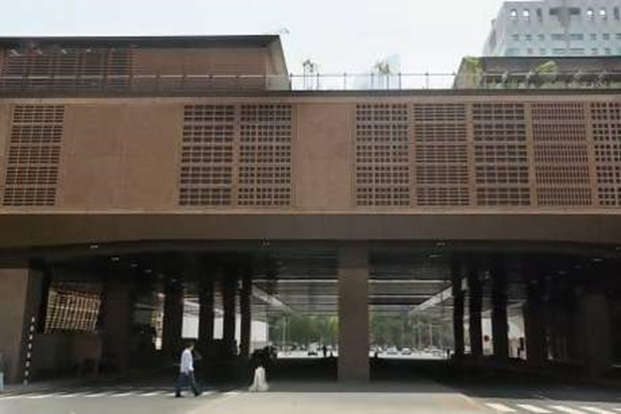Will Muroor Road be a car park by 2020? Will a visit to Marina Mall on a Friday mean an hour of maddening traffic? No one knows precisely what the future holds for Abu Dhabi’s transport network. But one thing is certain: there will be more cars unless steps are taken today.
The reason? More people. In September, it was announced that Abu Dhabi government employees must reside in the emirate by next year, a move that will increase the city’s residents by at least 10,000 people. There is little doubt that they will be arriving by car.
In the long term, more people doesn’t necessarily mean greater gridlock. Wider roads and infrastructure improvements are in the works for a more efficient road network. The Sheikh Zayed Tunnel under Salam Street, new this month, has already eased congestion in some areas.
Planned public transportation projects – including a metro, light rail and a rapid-transit bus loop – should encourage people to leave their cars at home. Soon it could be faster to take public transport than to drive, search for parking spot and walk to your destination.
But the rail networks will take time. Ground won’t be broken on Abu Dhabi’s metro until at least 2015. And it won’t be until 2018 that the light-rail system will be up and running. While the Department of Transportation believes that by 2030, as many as 823,000 people will take public transit daily – removing 100,000 cars from the northern tip of the island in the process – 18 years is a long time to sit in a traffic jam.
So short to midterm solutions are essential. City buses – which have already changed the commuting habits of many residents – are the place to start. In the past few years, the bus network has eased congestion, improved urban life and saved on household transport budgets, which is a particular benefit to lower-income residents.
More could be done. Dedicated bus lanes on wider roads could encourage motorists to give up their cars after they watch coaches pass them by. Car-pool lanes and ride-share programs are other ideas. Bicycle lanes could encourage commuters to choose a healthy alternative, provided they did not risk life and limb in the process.
At present, driving is easy, parking is plentiful and petrol is cheap. Most motorists don’t even consider alternatives. Until that changes, we’re all stuck in the same spot.



